Your cart is currently empty!
Tang courtesans唐妓—Trendsetters? Influencers? Celebrities? Nah. They’re just Women of Taste.
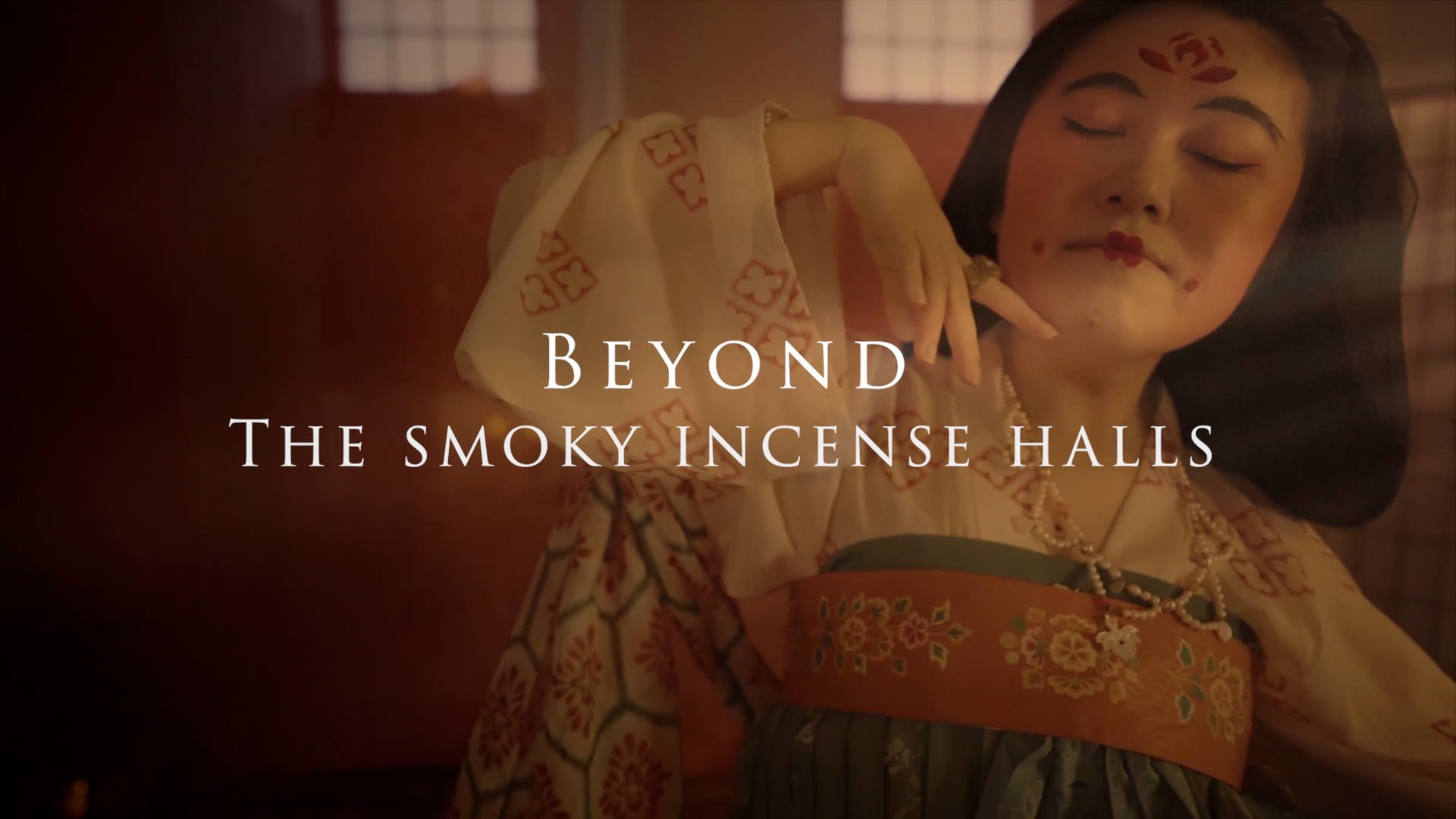
Entertainers, prostitutes, muse—these are a few of the terms widely used by academics and general public alike to describe female performers in ancient China. The Chinese term for performing artists evolved from a unisex word (伎jì) referring to male and female performers, into a word dedicated to female entertainers (妓jì) in the Tang dynasty (around 7-9th century) likely due to the wild popularity and prestige of being a female performer (also Courtesan) during that period. Thereafter, due to changing value and political systems, the nature of the profession evolved and these women of spiritual pleasure were objectified into women of carnal pleasures.
It’s interesting to note that in the ancient worlds across the world, there are Courtesans of similar natures. They were usually one of the most educated and artistically accomplished women in society, and they produced and inspired great artistic legacies. We see it in the Mesopotamian culture (West Asia i.e. Iran, Iraq, Syria), the Ancient Greek culture, Indian culture as well as Japanese, Korean and Chinese culture. There’s a wonderful book that I highly recommend everyone to read if you are interested in this topic—“Freewomen, Patriarchal Authority, and the Accusation of Prostitution” by Stephanie Lynn Budin.

For the purpose of this article, I shall touch on the extravagant lifestyles that top courtesans enjoyed, and their role in leading the fashion of their times.
Now in case you think that all these women are sex slaves, you couldn’t be more wrong. They were slaves, yes, but not for sex.
There were courtesans, and there were Courtesans.
While Entertainment Houses weren’t exactly the epitome of female liberty and empowerment, they certainly offered these talented women a break from life as a traditional good wife.
FASHION TREND SETTERS
Gold and Silk

Good wives had to adhere to strict rules on dressing—they have to dress in according to the rule book based on their husbands’ title and social status, courtesans were exempted from any rules. In fact, even though gold and silk were only accessible and permitted to be worn by the elites, Courtesans were decked in them in the comfort their entertainment houses because the realm of the Entertainment House was theirs.
And so, they were at the forefront of fashion styles. This continues to hold true until now, where public performers and celebrities were leaders of sartorial styles because they were bold enough to embody it. In fact, their very existence and popularity kind of depends on it. And you can try to spot the many different styles of Tang Dynasty dresses which you probably would never realised was iconic of the period if you just watched period dramas—most period dramas aren’t very period accurate.
Disclaimer: We actually incorporated Tang dresses worn by women across different periods of the dynasty, spanning 300-400 years so you could see the diversity in sartorial choices. Be it of Hu/western influence, or Han Chinese influence. So it was not specific to one particular time period in Tang.
Purple Brows
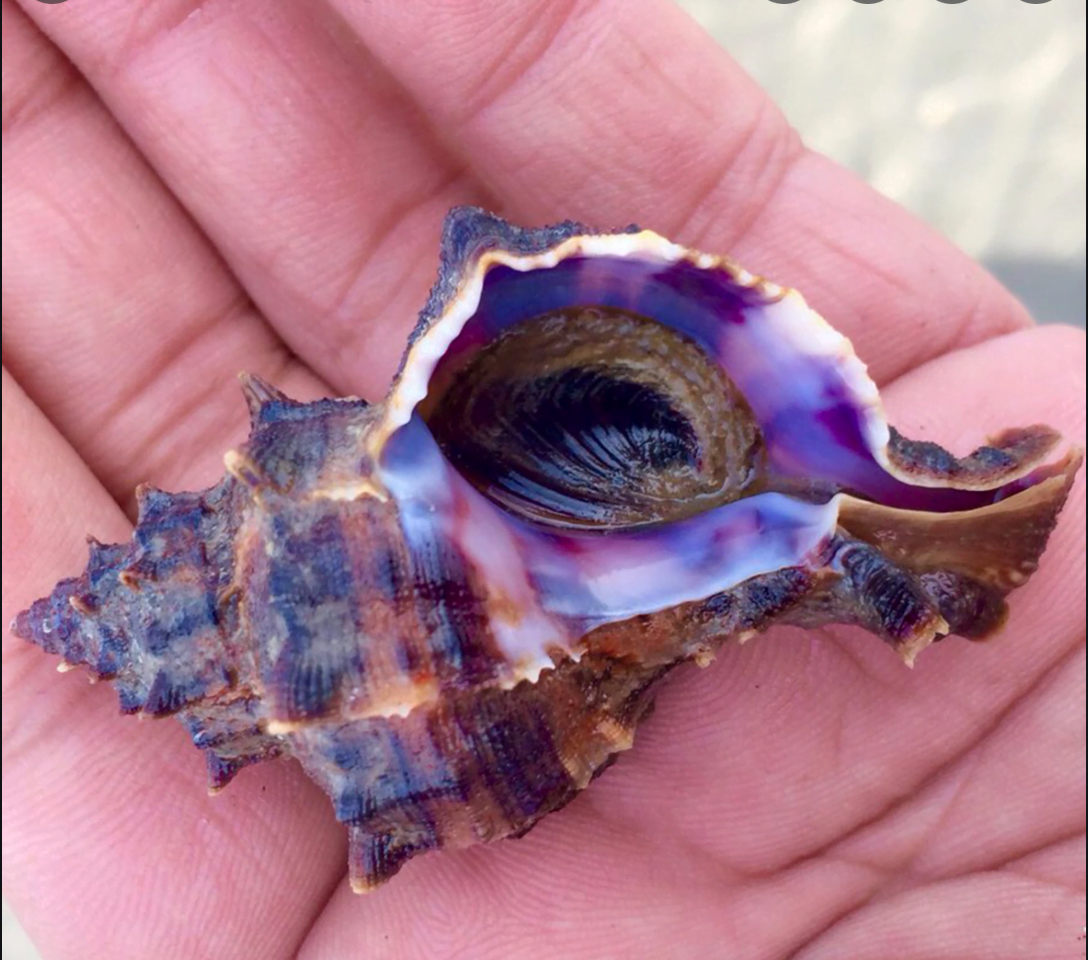
Naturally, make-up was a large part of the fashion trends. Starting from the brow, the Tang period women were known for having extremely bold make-up (think Mulan except more tastefully done). There was mention of a compilation of 10 different brow styles of the period, but unfortunately the actual record was missing. The Courtesans, were the main drivers of this change and they were given a special title— the Ambassador of Brows!
If you actually do catch Yanzilou: Forgotten Tales, do look out for Mamapan and her brows in the early stage and you might just spot a tinge of purple. This was an actual pigment that would’ve been used during ancient China to showcase your wealth and connections.
Purple as we all know, is a colour of royalty in the West, and it was actually frowned upon by Confucius as an inferior colour since he saw it as an ‘impure’ colour unlike red, white, black, yellow and green/blue (yes he’s an CYMK fan). But during the Tang Dynasty, purple became extremely popular that the highest level of honour was to be wearing a purple gown in the imperial court, and to be bestowed one by the emperor. Purple brow pigment was also extremely precious. They came from a Mediterranean Sea snail—the Murex snail and the intense and deep purple produced was called the Tyrian purple. Of course, due to different oxidisation process, it might turn blue as well.
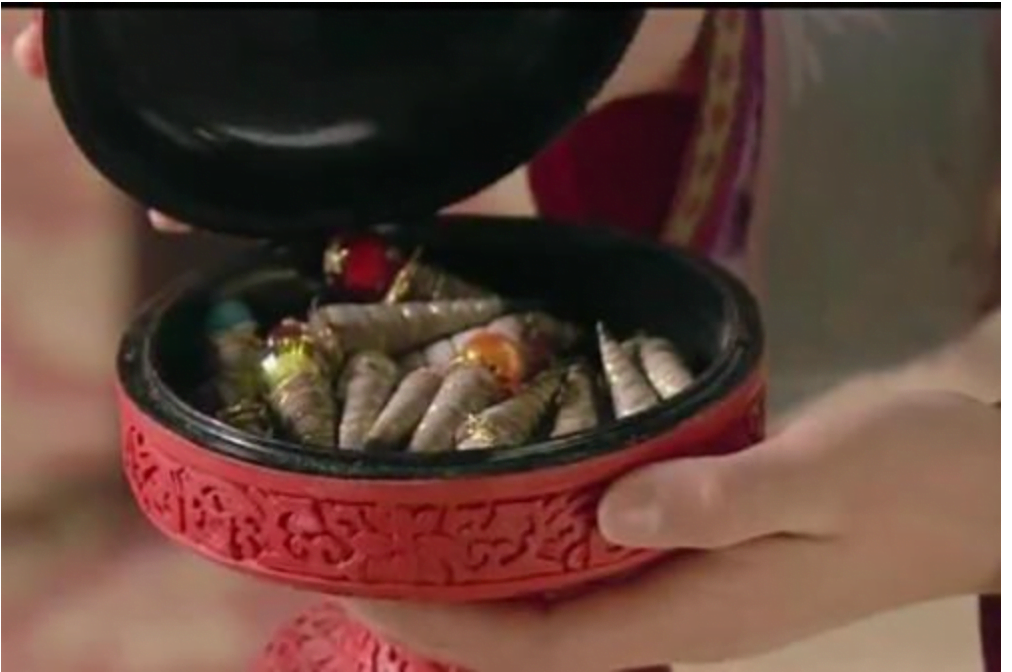
The real carved lacquer made by craftsmen, we have in a couple in Yanzilou and you would get to see it in the film experience too.
We will make sure you see it because carved lacquerware started in Tang!
The last I checked, Tyrian purple in today’s market would’ve cost you 300USD/gram from a private seller (before shipping). I don’t think it is commercially available on a large scale since the production is extremely limited. But just imagine in those days, with shipping, it would’ve cost you a bomb. That’s why Tyrian purple brow make-up kit appeared in the Legend of Zhenhuan—it was a tribute item from “Persia”. Only the emperor’s favourite concubine would have access to it.
Don’t ask us how Yanzilou got hold of it. It’s a secret we’ll never tell. 😉
On a side note, I heard from a weaver that there are some places in Southeast Asia that produces similar style of purple dye with some sea snail or creatures. That’s quite an interesting thing to explore further!
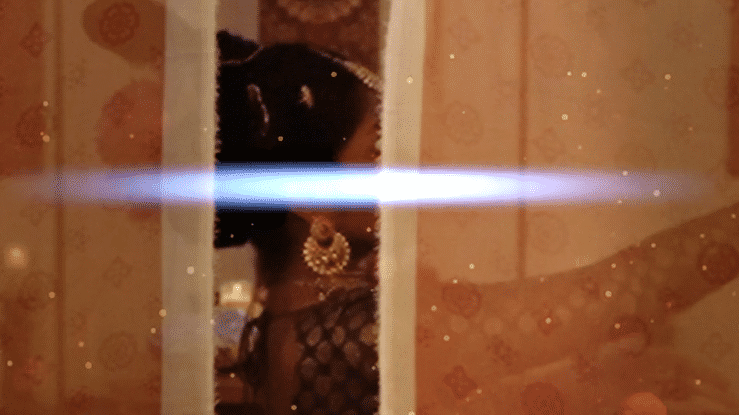
ARTS CRITIQUE
Arbiter of Taste & Sophistry
When it comes to the arts, we have to admit that taste is subjective and there’s technically no absolute judgement of good and bad art unless you are an ancient Chinese, of course. In which case, it is always literati-lead. So you see a rejection of life-like painting style in Chinese arts, because the literati found it too literal and lacking in imagination and spirit.
And guess who has got them wrapped around their fingers?
*takes a bow*
We often assume that the Chinese Imperial Exam System was probably one of the most meritocratic inventions of the ancient Chinese and that it had been meritocratic from the start. But back in the Tang Dynasty, it wasn’t so exactly. For one, only the rich could afford to study since cost of paper was extremely high. For two, Tang Dynasty exam submissions were not anonymous. So if you have some kind of reputation, or connections, the examiners could very well choose you over someone unknown.
That’s the plight of many scholars and the only way out, was to have their poems and writings known by the influential officials in the capital.
And the most effective way, is not to cold call. But to go through the Courtesans who would have access to the most powerful men in the country since all state banquets and important events would require their attendance. They in fact, would be invited to the private events as well, to host the sessions.
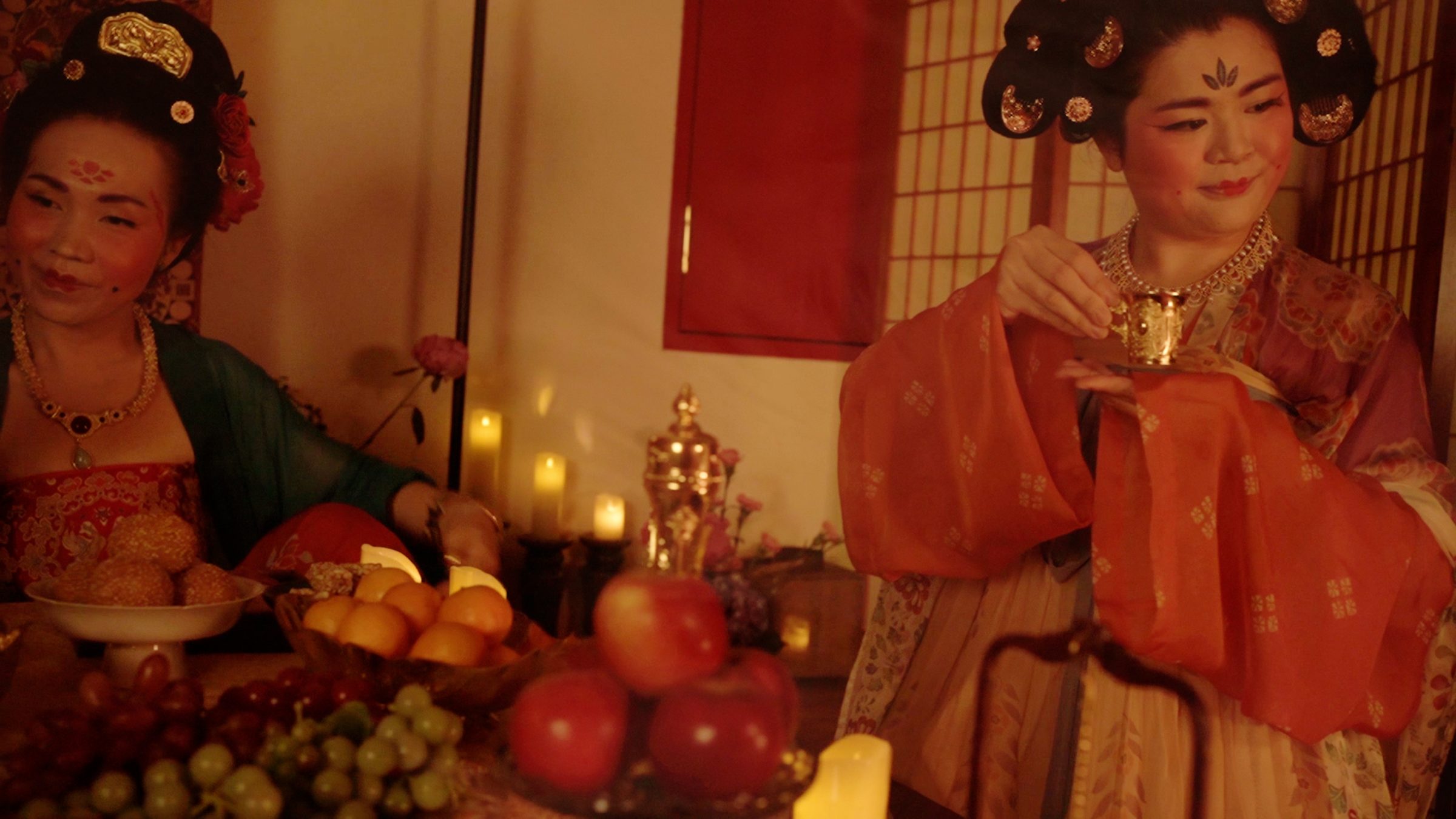
So there were the courtesans, and there were the Courtesans, and there were the Duzhis who were the most highly regarded Courtesans (like Head Courtesans). The Duzhi’s talents were so highly regarded that they would host drinking and poetry sessions with these influential and highly educated patrons, and be the judge of the merits of the poetry. If you were of a lower level official, I suppose Courtesans would be good enough as well!
So just imagine, these Duzhi or Courtesans started praising a random scholar’s poem, or compose a song and used the scholar’s poems as lyrics… It would’ve been the most effective advertisement/product placement!
Most literature and history text books wouldn’t point this out, but it is precisely because of the courtesan culture, of them singing poems as lyrics, that in the dynasty after Tang (the Song Dynasty), the Song Lyrics became an important for of literary arts.
So how did we get from there, to prostitutes?
It’s the same old story in every civilisation, every culture. Like witches being hunted for their knowledge and associated power. I mean, there’s definitely nothing more badass and threatening than women with a great deal of knowledge, free from the traditional rules of a ‘good woman’, and knows all the secrets of influential men.
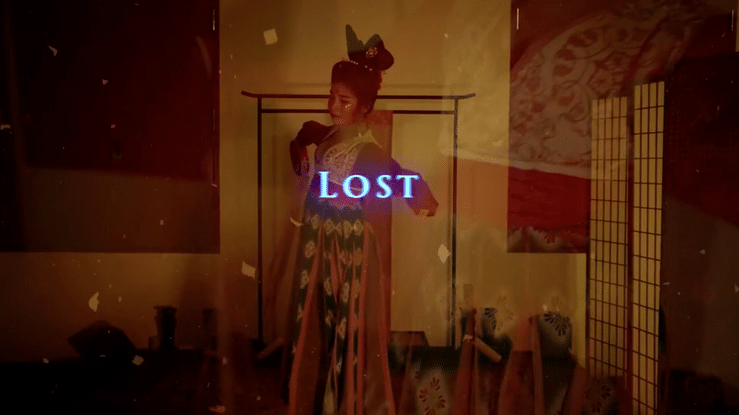
Just in case you are not on Facebook or Instagram, and have missed out on the announcement of the upcoming virtual interactive film experience, here’s a sneak peek of it! I realised that not many people can imagine what the experience would be like, and at this point, I can only say that you can choose who you meet in Yanzilou, the premium Entertainment House of the 8th century Tang China, and we have as many as 6,464 possible paths so different people would definitely experience Yanzilou very differently. Just like how it would’ve been in real life.
I will leave the trailer below, and if you’re interested to get a ticket, Early Birds/Black Friday sale is on until end of the month! It’s 25% off the regular ticket ($24) and 40% off the Late Bloomer tickets ($30).
It’s only running from 16 Dec to 31 Dec online, and you will receive informations in due course about how to experience this wherever you are, at your own time, with a cup of good wine/tea in a dark room with a pair of kicks earphones/speakers!
So join us on this time travelling experience this Christmas!
7 responses to “Tang courtesans唐妓—Trendsetters? Influencers? Celebrities? Nah. They’re just Women of Taste.”

I am curious–what sources are you getting this information from? I’ve been researching Tang Dynasty yiji for a few years and I’m always looking for more resources!

I am curious–what sources are you getting this information from? I’ve been researching Tang Dynasty yiji for a few years and I’m always looking for more resources!

Oh there’re a couple of these for a start! one English one on Beili Zhi the northern quarter, and there’re also a few Chinese books on these! Some in Traditional Chinese (Taiwanese author) and some in Simplified Chinese! I also went to look at the records on dance and music in Tang. There’s also one on Chinese courtesans specifically throughout the dynasties, including their poems and the rules of engagements!

Let me know what have you found or what sources have you been looking at, and I can suggest a few other books to look into (if you read Chinese especially). We actually included a lot of the historical details into our interactive film, such as maps of living quarters, the layout, and the neighbours we have!

You found an English book on the Beili Zhi?! Is it a translation or discussion it? I would LOVE the name/author of the book if you don’t mind sharing! Would also very much love the name/author of the one on Chinese courtesans.
I can’t read Chinese, unfortunately, but I do have several books in Chinese that I am saving to be able to pay someone to translate.

I have a lot of books and academic journal articles (I have a lot of access via my job, luckily) by Beverly Bosser, Paul Golding, Anne Birrell, Linda Rui Feng, Jing Wang, Howard Levy, and many others. It’d be hard to list my entire library. I’m also trying to find a copy of “Courtisanes chinoises à la fin des T’ang, entre circa 789 et le 8 janvier 881, Pei-li tche (anecdotes du quartier du Nord), par Souen K’i. Traduit du chinois et annoté” by Robert Des Routours so I can get that translated from French to English as well.

Yeap someone wrote a thesis on it in English! send me an email hanfugirl@gmail.com and I can send all these info to you!

Leave a Reply